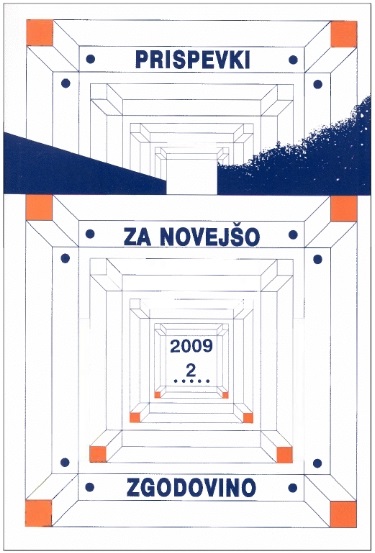Partijsko oziroma partizansko nasilje v osrednji Sloveniji 1941-1942 v očeh domačih nasprotnikov
Party and Partisan Violence in the Central Slovenia 1941-1942 in the Eyes of Slovenian Opponents
Author(s): Boris MlakarSubject(s): Civil Society, Political history, Government/Political systems, Studies in violence and power, WW II and following years (1940 - 1949), History of Communism, Sociology of Politics
Published by: Inštitut za novejšo zgodovino
Keywords: occupation; violence; communism; resistance movement; Liberation Front; anti-communism; propaganda;
Summary/Abstract: In the following discussion the author describes and analyses the main emphases with regard to the issue of the use of violence by the Slovenian partisan movement and its communist leadership, especially in the Ljubljana province in the period from the beginning of this movement in the late summer of 1941 until the middle of 1942. This violence is presented from the viewpoint of the assessments of its Slovenian opponents, that is, various anti-communist subjects like parties, associations and exposed individuals. The main source for identifying the aforementioned evaluations is the anti-communist illegal press and propaganda material as well as reports made by illegal anti-partisan authorities to the King's government-in-exile in London, especially minister Miha Krek. In the spring of 1942 these subjects, except for the group called Stražarji (Guard), have not yet considered resisting the partisan violence with armed Slovenian forces.
Journal: Prispevki za novejšo zgodovino (before 1960: Prispevki za zgodovino delavskega gibanja)
- Issue Year: 49/2009
- Issue No: 2
- Page Range: 69-82
- Page Count: 14
- Language: Slovenian

